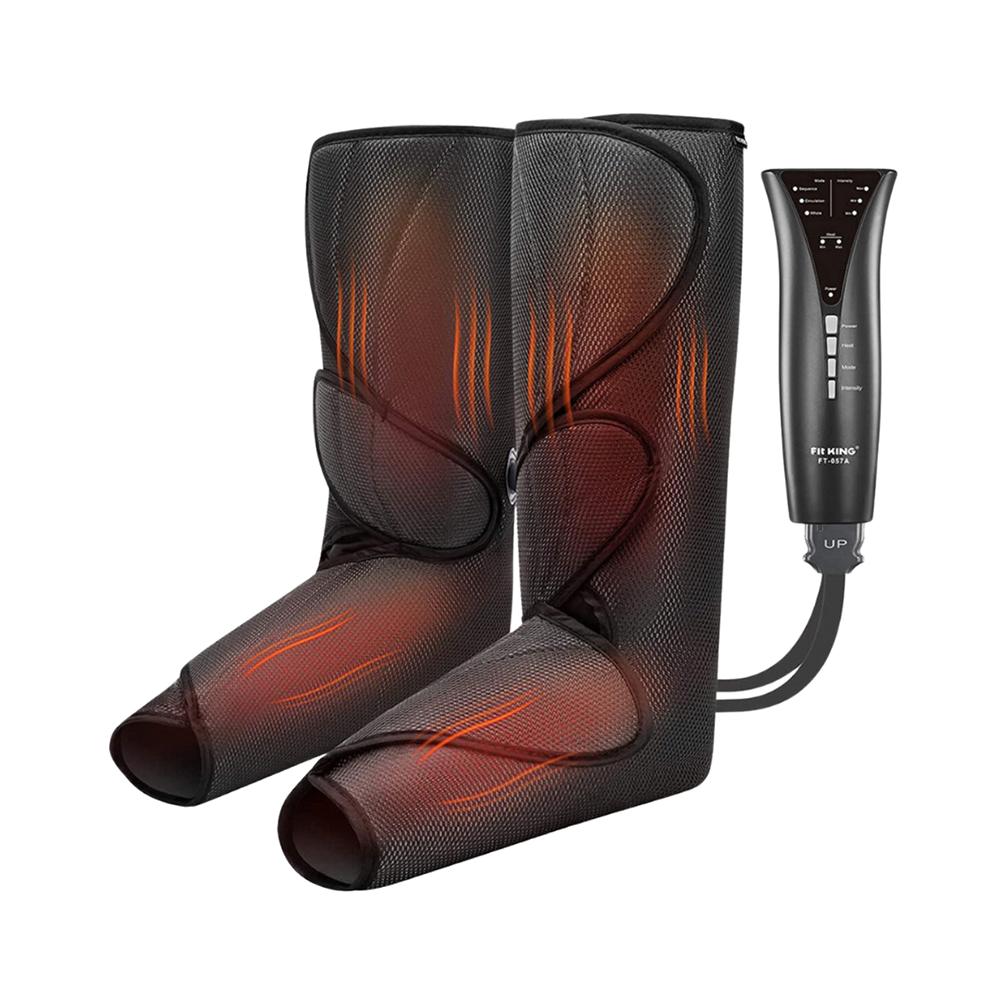Hamstring strains are one of the most common injuries among football players, and can be incredibly frustrating to deal with. Whether you are an amateur player or a professional athlete, hamstring strains can sideline you for weeks, or even months. This blog post will discuss the causes of hamstring strains, how to prevent them, and the best ways to treat and recover from them.
Understanding the Hamstring
Before we delve into how to deal with hamstring strains, it is important to understand what the hamstring is and what causes strains in the first place. The hamstring is a group of three muscles that run along the back of your thigh: the semitendinosus, semimembranosus, and biceps femoris. These muscles are responsible for flexing your knee and extending your hip, which are crucial movements in football.
Hamstring strains typically occur when these muscles are stretched beyond their limit, usually during activities that involve sudden acceleration or deceleration, such as sprinting, kicking, or changing direction quickly. Overuse, poor flexibility, muscle imbalances, and improper warm-up techniques can also contribute to hamstring strains.

Preventing Hamstring Strains
The best way to deal with hamstring strains is to prevent them from happening in the first place. Here are some tips to help football players reduce their risk of suffering a hamstring injury:
- Warm up properly before training or playing a match. This should include dynamic stretches and movements that target the hamstring muscles.
- Incorporate strength and flexibility exercises into your training routine. Focus on exercises that target the hamstrings, such as deadlifts, leg curls, and lunges.
- Pay attention to your running technique. Avoid overstriding, as this can put excessive strain on the hamstrings. Instead, focus on short, quick strides.
- Listen to your body. If you feel any tightness or discomfort in your hamstrings, take a rest day or modify your training to prevent exacerbating an injury.
- Stay hydrated and eat a balanced diet to ensure your muscles are properly nourished and have the energy they need to perform optimally.
Treating Hamstring Strains
Despite your best efforts, hamstring strains can still occur. If you do find yourself dealing with a hamstring injury, here are some tips to help you recover as quickly and effectively as possible:
- Rest: The first step in treating a hamstring strain is to rest and avoid activities that aggravate the injury. This may mean taking a break from training or playing football until the injury has healed.
- Ice: Applying ice to the injured area can help reduce pain and inflammation. Ice the hamstring for 15-20 minutes every few hours for the first few days after the injury occurs.
- Compression: Wearing a compression bandage or taking tools like a compression leg massager can help reduce swelling and provide support to the injured muscle.
- Elevation: Elevating your leg above your heart can also help reduce swelling and promote healing.
- Stretching and strengthening exercises: Once the acute phase of the injury has passed, you can start incorporating gentle stretching and strengthening exercises to help regain flexibility and strength in the hamstring muscles.
- Physical therapy: If the injury is severe or persistent, it may be helpful to seek the guidance of a physical therapist who can provide personalized exercises and treatments to help you recover.

Follow these tips carefully
Hamstring strains are a common injury among football players, but they can be prevented with proper training, stretching, and warm-up techniques. If you do find yourself dealing with a hamstring injury, rest, ice, compression, and elevation are key components of the initial treatment plan. As the injury heals, incorporating stretching, strengthening exercises, and physical therapy can help you recover fully and return to the field stronger than ever. By following these tips, football players can reduce their risk of hamstring strains and stay healthy and injury-free throughout the season.














Leave a comment
This site is protected by hCaptcha and the hCaptcha Privacy Policy and Terms of Service apply.